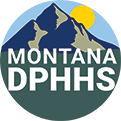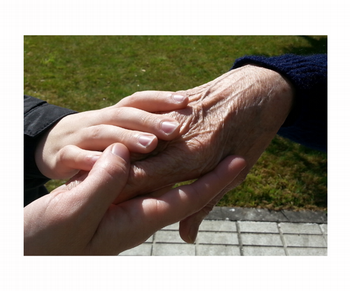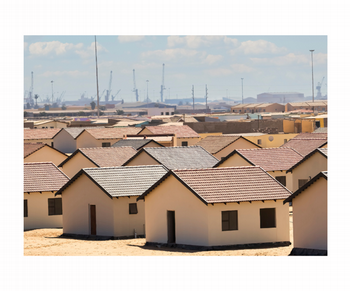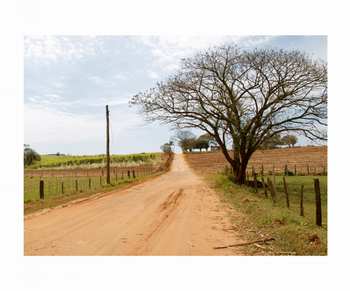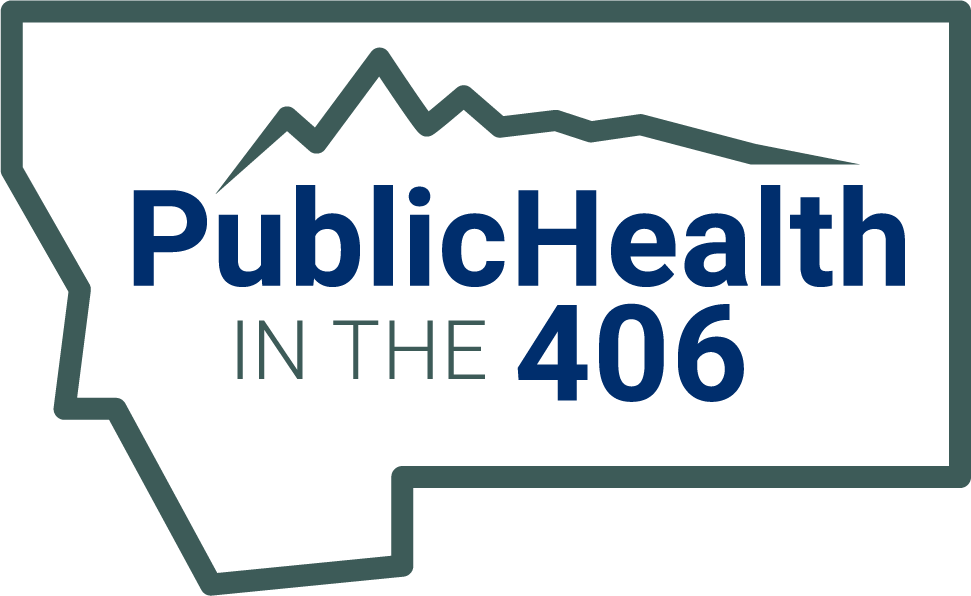Priority Populations
In Montana, we recognize several high-priority populations—members of underserved communities who require additional resources to combat health disparities stemming from their unique needs. These high-priority populations include Veterans, Indigenous Montanans, the aging population, rural residents, individuals who identify as LGBTQ+, low-income individuals, persons with disabilities, and those adversely affected by persistent poverty or structural barriers. Importantly, we acknowledge that people are not solely defined by the population groups to which they belong; many factors contribute to their identities, and most individuals belong to more than one priority population group.
The Department of Public Health and Human Services (DPHHS) is actively engaged in numerous initiatives to address the social determinants of health (SDOH) that impact the well-being of Montanans, with a focus on reducing disparities for these high-priority populations. Some of our key efforts include:
- Funding projects that address SDOH factors in healthcare settings and foster partnerships with community-based organizations (CBOs).
- Collecting racial and ethnic data in Health Equity Quality Improvement (QI) projects.
- Designing strategies that establish policies for SDOH screening of patients during office visits.
- Establishing a broad network of CBO partners to better serve patients and communities.
- Hosting community events to enhance collaboration among partners.
- Participating in diverse workgroups focused on addressing unmet needs and reducing disparities.
Priority Populations
Priority Population Resources
TBD
TBD
TBD
